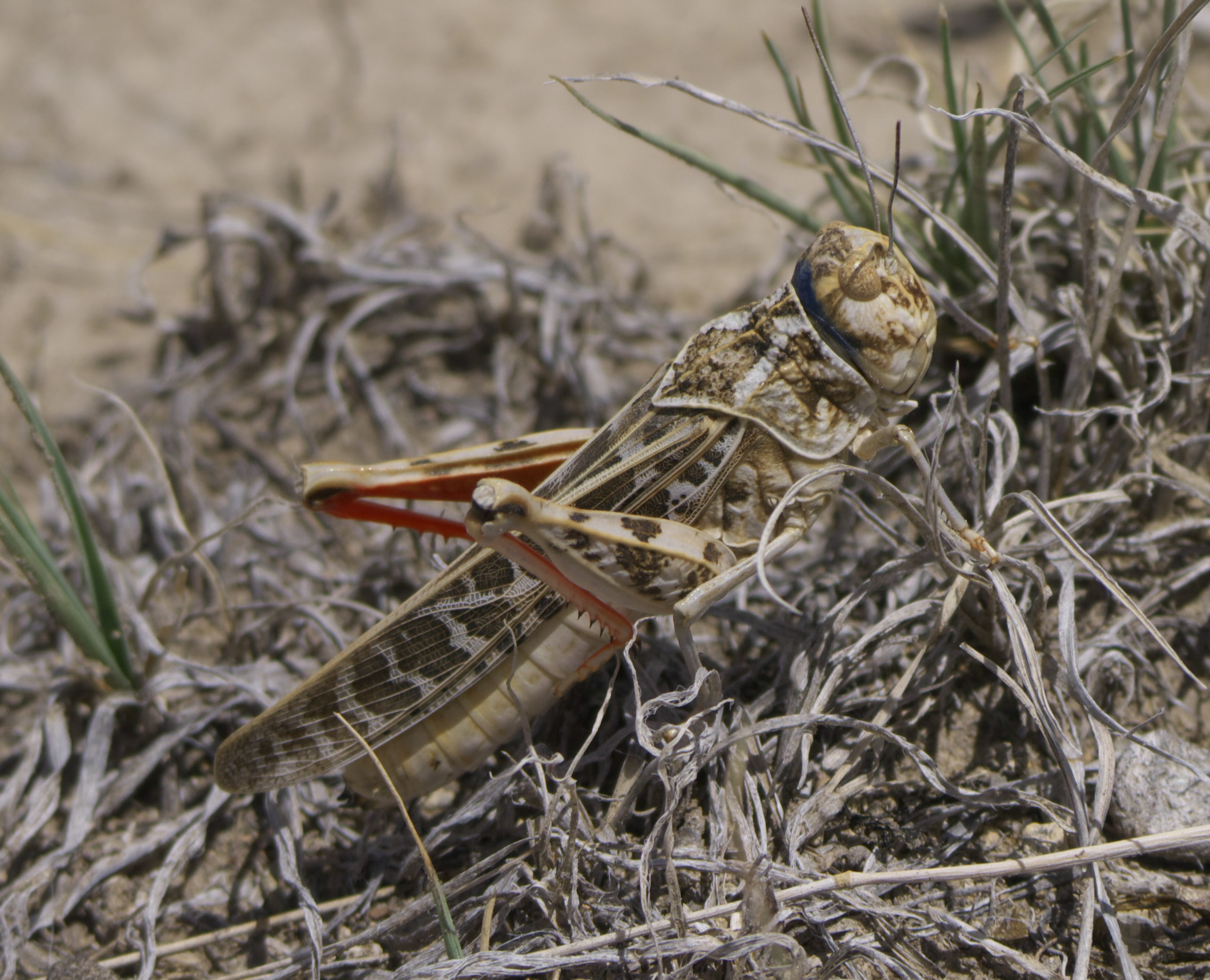|
Xanthippus Corallipes
''Xanthippus corallipes'', the red-shanked grasshopper, is a species of band-winged grasshopper in the family Acrididae. It is found in Central America and North America. Subspecies These seven subspecies belong to the species ''Xanthippus corallipes'': * ''Xanthippus corallipes affrictus'' * ''Xanthippus corallipes altivolus'' * ''Xanthippus corallipes buckelli'' * ''Xanthippus corallipes corallipes'' * ''Xanthippus corallipes latifasciatus'' * ''Xanthippus corallipes leprosus'' * ''Xanthippus corallipes pantherinus'' b Data sources: i = ITIS, c = Catalogue of Life, g = GBIF, b = Bugguide.net References Further reading * * * * External links * Oedipodinae Insects described in 1852 Taxa named by Samuel Stehman Haldeman {{oedipodinae-stub ... [...More Info...] [...Related Items...] OR: [Wikipedia] [Google] [Baidu] |
Samuel Stehman Haldeman
Samuel Stehman Haldeman (August 12, 1812 – September 10, 1880) was an American naturalist and philologist. During a long and varied career he studied, published, and lectured on geology, conchology, entomology and philology. He once confided, "I never pursue one branch of science more than ten years, but lay it aside and go into new fields." Early life and education Haldeman was born in Locust Grove, Pennsylvania on August 12, 1812, the oldest of seven children of Henry Haldeman and Frances Stehman Haldeman. Locust Grove was the family estate on the Susquehanna River, twenty miles below Harrisburg. His father was a prosperous businessman and his mother was an accomplished musician who died when Haldeman was twelve years old. In 1826, he was sent to Harrisburg to attend school at the Classical Academy, run by John M. Keagy. After two years in the academy, he enrolled at Dickinson College where his interest in natural history was encouraged by his professor, Henry Darwin Rogers, ... [...More Info...] [...Related Items...] OR: [Wikipedia] [Google] [Baidu] |
Band-winged Grasshopper
Bandwings, or band-winged grasshoppers, are the subfamily Oedipodinae of grasshoppers classified under the family Acrididae. They have a worldwide distribution and were originally elevated to full family status as the Oedipodidae. Many species primarily inhabit xeric weedy fields, and some are considered to be important locusts: * ''Locusta migratoria'': the migratory locust * '' Chortoicetes terminifera'': the Australian plague locust * '' Locustana pardalina'' the brown locust These grasshoppers often have colorful hindwings that may be yellow or red and edged with black. Others have black hindwings with pale edges, and a few species (including the most economically important ones) have clear hindwings. The arolium is extremely small or absent. Defense When bandwings feel safe, they appear drab. When they feel threatened, they leap out to reveal bold and bright colors. Some predators might even mistake the blue-winged grasshopper for a butterfly. But when the predator loo ... [...More Info...] [...Related Items...] OR: [Wikipedia] [Google] [Baidu] |
Acrididae
The AcrididaeMacLeay WS (1821) ''Horae Entomologicae or Essays on the Annulose Animals'' 2 are the predominant family of grasshoppers, comprising some 10,000 of the 11,000 species of the entire suborder Caelifera. The Acrididae are best known because all locusts (swarming grasshoppers) are of the Acrididae. The subfamily Oedipodinae is sometimes classified as a distinct family Oedipodidae in the superfamily Acridoidea. Acrididae grasshoppers are characterized by relatively short and stout antennae, and tympanal organ, tympana on the side of the first abdominal segment. Subfamilies The ''Orthoptera Species File'' (September 2021) lists the following subfamilies of Acrididae. The numbers of genera and species are approximate and may change over time. # Acridinae MacLeay, 1821 (140 genera, 470 species), Worldwide: temperate and tropical # Calliptaminae Jacobson, 1905 (12 genera, 90 species), Africa, Europe, Asia # Caryandinae Yin & Liu, 1987 (3 genera, 100 species), Afric ... [...More Info...] [...Related Items...] OR: [Wikipedia] [Google] [Baidu] |
Xanthippus Corallipes P1470221a
Xanthippus (; el, Ξάνθιππος, ; c. 525-475 BC) was a wealthy Athenian politician and general during the early part of the 5th century BC. His name means "Yellow Horse." He was the son of Ariphron and father of Pericles. A marriage to Agariste, niece of Cleisthenes, linked Xanthippus with the Alcmaeonid clan, whose interests he often represented in government. He distinguished himself in the Athenian political arena, championing the aristocratic party. His rivalry with Themistocles led to his ostracism, but he was recalled from exile when the Persians invaded Greece. Xanthippus' actions in the ensuing Greco-Persian Wars contributed significantly to the victory of the Greeks and the subsequent ascendancy of the Athenian Empire. Early political career and ostracism As a citizen-soldier of Athens and a member of the aristocracy, Xanthippus most likely fought during the Battle of Marathon in 490 BC. He first appears in the historical record the following year (489 BC), hea ... [...More Info...] [...Related Items...] OR: [Wikipedia] [Google] [Baidu] |
Insects Described In 1852
Insects (from Latin ') are pancrustacean hexapod invertebrates of the class Insecta. They are the largest group within the arthropod phylum. Insects have a chitinous exoskeleton, a three-part body (head, thorax and abdomen), three pairs of jointed legs, compound eyes and one pair of antennae. Their blood is not totally contained in vessels; some circulates in an open cavity known as the haemocoel. Insects are the most diverse group of animals; they include more than a million described species and represent more than half of all known living organisms. The total number of extant species is estimated at between six and ten million; In: potentially over 90% of the animal life forms on Earth are insects. Insects may be found in nearly all environments, although only a small number of species reside in the oceans, which are dominated by another arthropod group, crustaceans, which recent research has indicated insects are nested within. Nearly all insects hatch from eggs. Insect ... [...More Info...] [...Related Items...] OR: [Wikipedia] [Google] [Baidu] |



